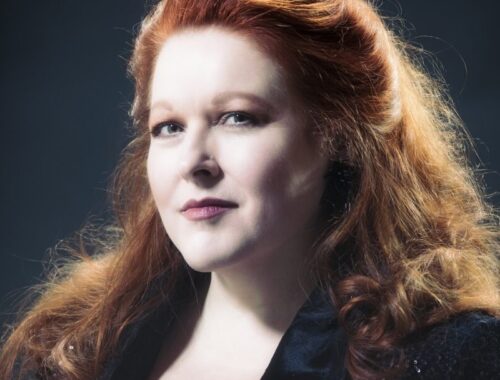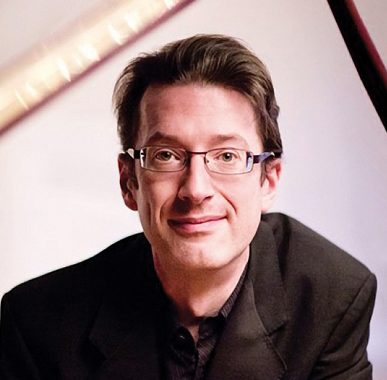GRAMOPHONE: From Where I Sit – May 2018
 She adorns the front cover of this issue just as she has so many magazine covers in the 100 years since her birth – but eclipsing every personal memory of Birgit Nilsson on record and in the opera house was the moment I walked into a London hotel room to interview her back in 1993. It’s impossible to describe that feeling when you’ve grown up with the sound of a voice in your head, when you’ve come of age with its heroics, when you’ve heard live how it shone like a laser, straight and unfailingly true, the core like tempered steel cleaving the mightiest orchestral tuttis, when you’ve heard Brunnhilde’s exultant battle cry with its repeated high Bs plucked cleanly off the ledger lines and nailed to the back of the auditorium, when you’ve been hit by the realisation that no theatre was actually big enough for her Elektra… And suddenly she’s right there in front of you, a really quite short and trim 75 year old with unusually broad shoulders and an enormous jaw and big-boned face wherein all that resonance was harboured.
She adorns the front cover of this issue just as she has so many magazine covers in the 100 years since her birth – but eclipsing every personal memory of Birgit Nilsson on record and in the opera house was the moment I walked into a London hotel room to interview her back in 1993. It’s impossible to describe that feeling when you’ve grown up with the sound of a voice in your head, when you’ve come of age with its heroics, when you’ve heard live how it shone like a laser, straight and unfailingly true, the core like tempered steel cleaving the mightiest orchestral tuttis, when you’ve heard Brunnhilde’s exultant battle cry with its repeated high Bs plucked cleanly off the ledger lines and nailed to the back of the auditorium, when you’ve been hit by the realisation that no theatre was actually big enough for her Elektra… And suddenly she’s right there in front of you, a really quite short and trim 75 year old with unusually broad shoulders and an enormous jaw and big-boned face wherein all that resonance was harboured.
As one quite used to putting faces and physiques to voices, I remember being momentarily taken aback as we shook hands but then quickly reassured by the stentorian ring of her speaking voice. Suddenly I could put the voice and the person in front of me together. I remember the practical down-to-earth way in which she conducted the interview and I remember how she consistently refused to characterise her voice as “big” (tell that to the man at the back of the gallery) preferring to speak in terms of its “focus”, of what she repeatedly referred to as the “ping” at the centre of every tone. Without that concentration of tone, she said, a big voice was just “hot air”.
Two things have especially stayed with me from that interview. One was how the voice was in a sense born indomitable and how the farm girl from Vastra Karup in
southern Sweden slipped so effortlessly from the Stockholm Royal Academy into the Stockholm Royal Opera where, thanks to lucky (or unlucky) indispositions, her very first role was Agathe in Weber’s Der Freischutz (three days preparation) followed in quick succession by Verdi’s Lady Macbeth, Sieglinde and the Siegfried Brunnhilde. Character-forming or just plain madness? A bit of both, I recall her saying.
The other was a healthy scepticism of well-intentioned teachers (she spoke from bitter experience) and how every singer must ultimately take their own voice in hand and trust their instincts. In her case the national characteristic of minimal vibrato – no cover, no camouflage, just the unvarnished truth – meant absolute sureness of intonation and articulation. I’ll go out on a limb here and say that this wasn’t a voice to love but a voice to thrill to.
And for anyone who has ever wondered how it must feel to be inside a voice like this, to be the source of Isolde’s Liebestod at the moment of sublimation, Nilsson’s words completely embodied the sound she made: “It’s a lustful feeling…when everything is in the right place and I hear those tones ringing in my head, then I know all is well.” All was well.
You May Also Like

TALKING POINT: KIM CRISWELL in conversation with Edward Seckerson
16/01/2025
A Conversation With LLYR WILLIAMS
02/09/2010

